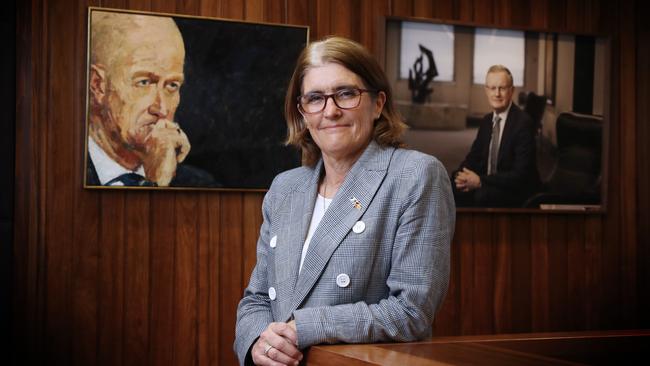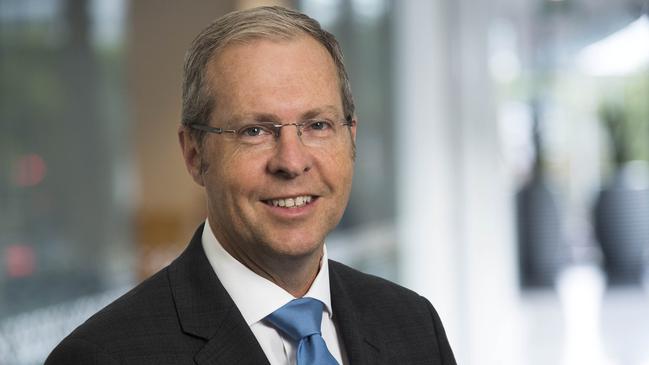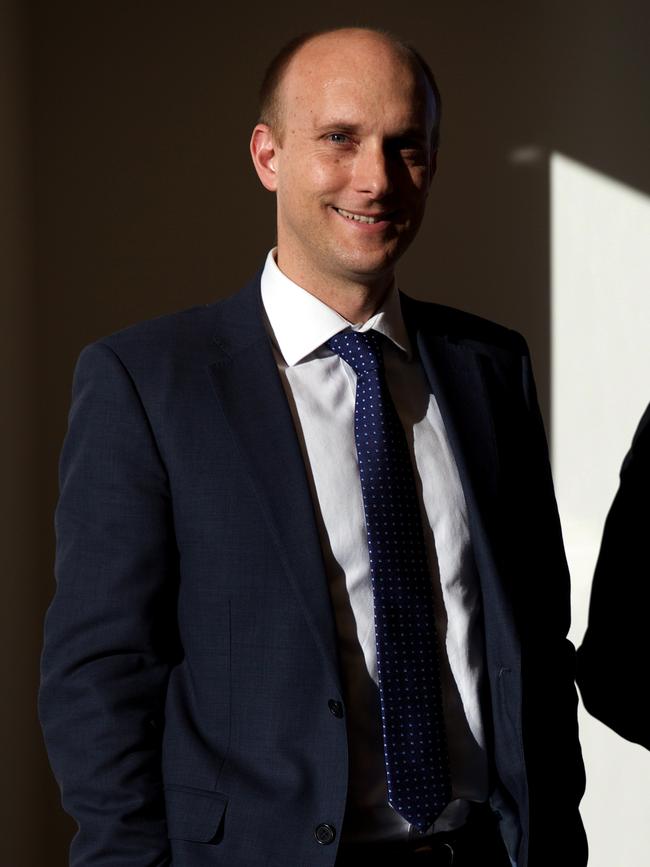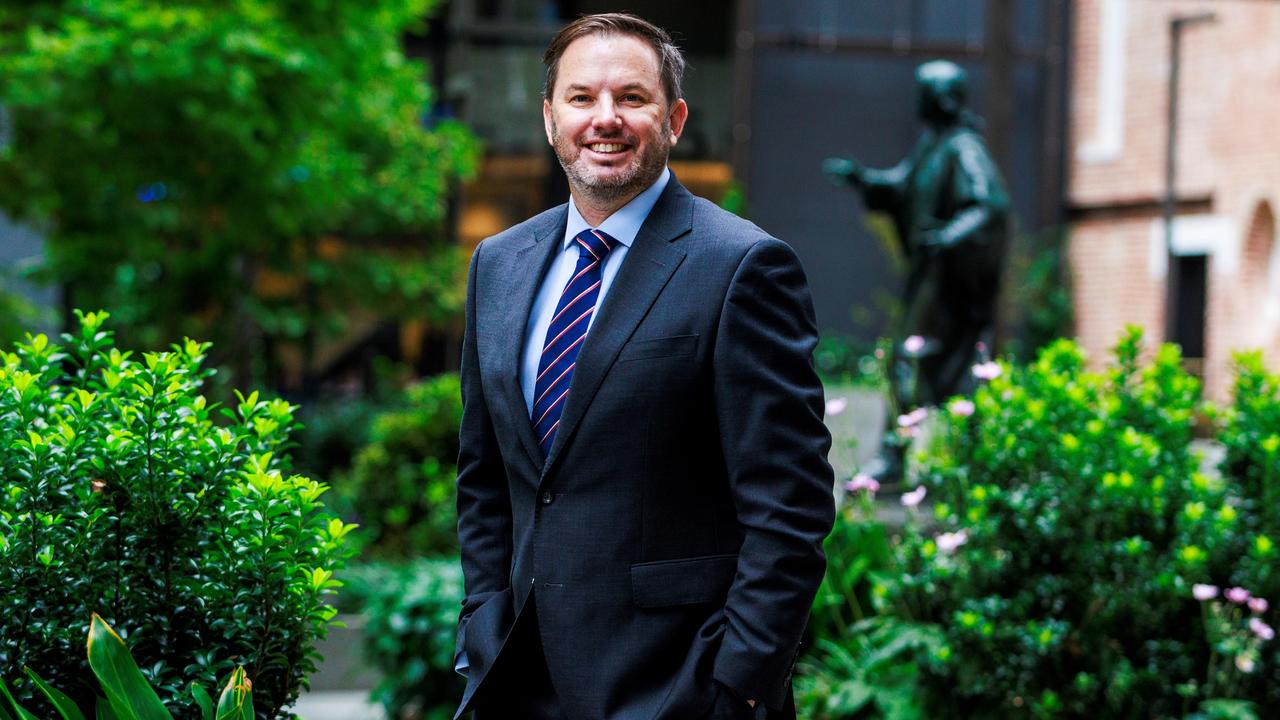Economists push out their prediction of rate cuts as far as 13 months away
Two of the nation’s top economists have pushed out their expectations of the first interest rate cut and it’s bad news for those struggling with the cost of living.

Relief from sharply higher interest rates in Australia may take longer than had been previously expected.
Ahead of Tuesday’s Reserve Bank board meeting – the first for the new governor Michelle Bullock – two of the nation’s top economists have pushed out their predictions for the first interest rate cut, on the basis of concerns about persistent inflation and the surprising resilience of the Australian economy.
Goldman Sachs is the latest forecaster to do so, after a similar move by Commonwealth Bank on Thursday. Goldman Sachs previously tipped that the RBA would cut in August next year.
It now expects the central bank to hold off until November 2024. The US investment bank is relatively hawkish about the RBA, and believes another 25 basis point rate rise is possible this November and that “multiple hikes” were “possible”.
On the dovish side, Commonwealth Bank said the cash rate had peaked at the current rate of 4.1 per cent.
However, CBA this week shifted the timing of when it predicted the first rate would be made.
It now thinks the RBA will cut in May versus its previous tip for a cut in March.
CBA chief economist Stephen Halmarick said that in light of recent economic data, higher oil prices and hawkish central bank rhetoric overseas, rate cuts were now unlikely to commence until May, although “the hurdle for another rage hike is high”.
However, Australia’s biggest retail bank still expects a total 100 basis points of rate cuts next year, which would lower the monetary policy benchmark to 3.1 per cent by the end of 2024.

Financial markets currently see no chance of the RBA lifting rates in October, but have almost fully priced in another 25 basis point lift to 4.35 per cent by May 2024.
Cash rate futures predict the rate will still be slightly higher at 4.175 per cent by February 2025.
In a client note on Friday, Goldman Sachs Australia chief economist Andrew Boak said economic resilience was now a “unifying theme” across Australia’s macroeconomic data.
Economic conditions remain “quite resilient” despite a 400 basis point lift in the RBA’s policy rate over the 13 months to June 2023, an increase that started from a record low of 0.1 per cent.
Capital Economics lifted its forecast peak for the RBA cash rate this week to 4.35 per cent, predicting another 25 basis point rate rise at the October meeting.
The predictions came after Australia recorded stronger than expected 2.1 per cent year-on-year economic growth in the June quarter, with broad expansion across various industries and regions.
Domestic demand rose 2.3 per cent on a six-month annualised basis, despite much higher interest rates.
Goldman Sachs’ current activity indicator for Australia now points to growth at a relatively “solid” 1.5-2 per cent annualised in the third quarter.
That is backed by firmer-than-expected activity during the recent corporate reporting season, robust business conditions, and solid consecutive monthly increases in retail sales, excluding food.
“In aggregate, the economy appears to be navigating the ‘fixed-rate mortgage roll-off’ in relatively good shape, with strong retail bank competition and mortgage discounts meaning only about 340 basis points of the RBA’s 400 basis points,” Mr Boak said.
The labour market also seems resilient, with the unemployment rate at 3.7 per cent – near a 50-year low – and the participation rate hitting an all-time high of 67 per cent. Employment and hours worked both expanded at a healthy pace.

Falling job vacancies and other leading indicators suggest labour market conditions will soften.
But Australia’s job-worker gap points to “ongoing excess labour demand overall”, while unit labour costs are “very elevated” at 7.5 per cent on-year, and there is “evidence of catch-up wage claims” in new high-frequency data on labour costs, Mr Boak said.
The Australian housing market has also proved much more resilient to higher interest rates than initially feared. Against the backdrop of rapid population growth of 2.7 per cent annually, labour income growth of 9.6 per cent and substantial savings buffers, capital city prices have risen 6 per cent in the past six months, to be only about 4 per cent below their early 2022 highs.
In view of this resilience, and after lowering his forecast peak in the RBA cash rate to 4.35 per cent last month, Mr Boak expects house prices to rise 6.9 per cent in 2023 and a further 2.4 per cent in 2024.
Balancing this stronger housing outlook against incrementally stronger headwinds to real incomes from rising fuel prices, he also sees upside risk to his already above-consensus growth forecasts for 2023.

“Unfortunately, inflation is also proving uncomfortably resilient, with headline CPI re-accelerating 30 basis points to 5.2 per cent on-year in August,” he said.
“While on face value July CPI data this week is in line with expectations, the underlying details were firmer than we expected. Core inflation rose 5.5 per cent, trimmed mean inflation rose 5.6 per cent and Goldman’s estimate of underlying services inflation accelerated to 8.6 per cent annualised.”
Looking through the monthly volatility, Mr Boak still expected sequential inflation pressures to trend lower, but said the recent strong rebound in oil prices, exchange rate falls and resilience of wage-sensitive prices is causing this to happen “somewhat slower than previously expected”.
He sees headline year-end inflation of 4.6 per cent versus 4.25 per cent forecast by the RBA.
“We believe the RBA would be justified in lifting rates again in the near term,” he said. “The RBA’s growth and inflation forecasts appear cum-upgrade and it is hard to argue that financial conditions are especially restrictive given Australia’s economic resilience and the rapid reflation of the housing market since February,” he said.
In the broader context, Australia’s current policy rate is more than 300 basis points below its 2008 peak – an earlier period of materially higher inflation and unemployment.
Australia’s current policy rate is also about 125 basis points below key peers in the US, Britain, Canada and New Zealand, which is “hard to reconcile given Australia’s equally problematic inflation backdrop and the RBA’s view that the potency of monetary policy in Australia is no greater than for global peers”.
Capital Economics economist Abhijit Surya said the recent economic growth and inflation data cemented the case for the RBA to deliver a final 25 basis point rate hike at its meeting next week. “We think the bank will wait to see a pronounced slump in output before it loosens policy.”




To join the conversation, please log in. Don't have an account? Register
Join the conversation, you are commenting as Logout